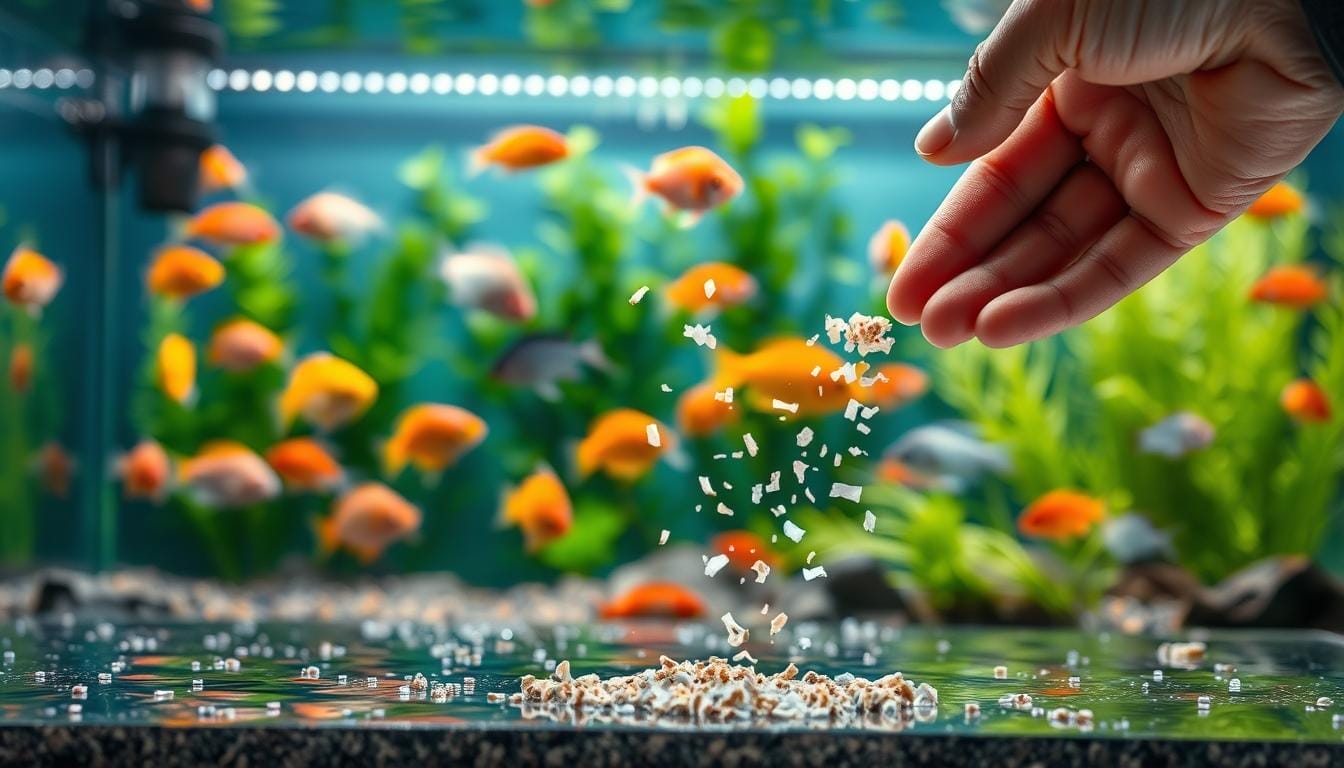
Aquarium Heaters: Keep Your Fish Warm and Healthy
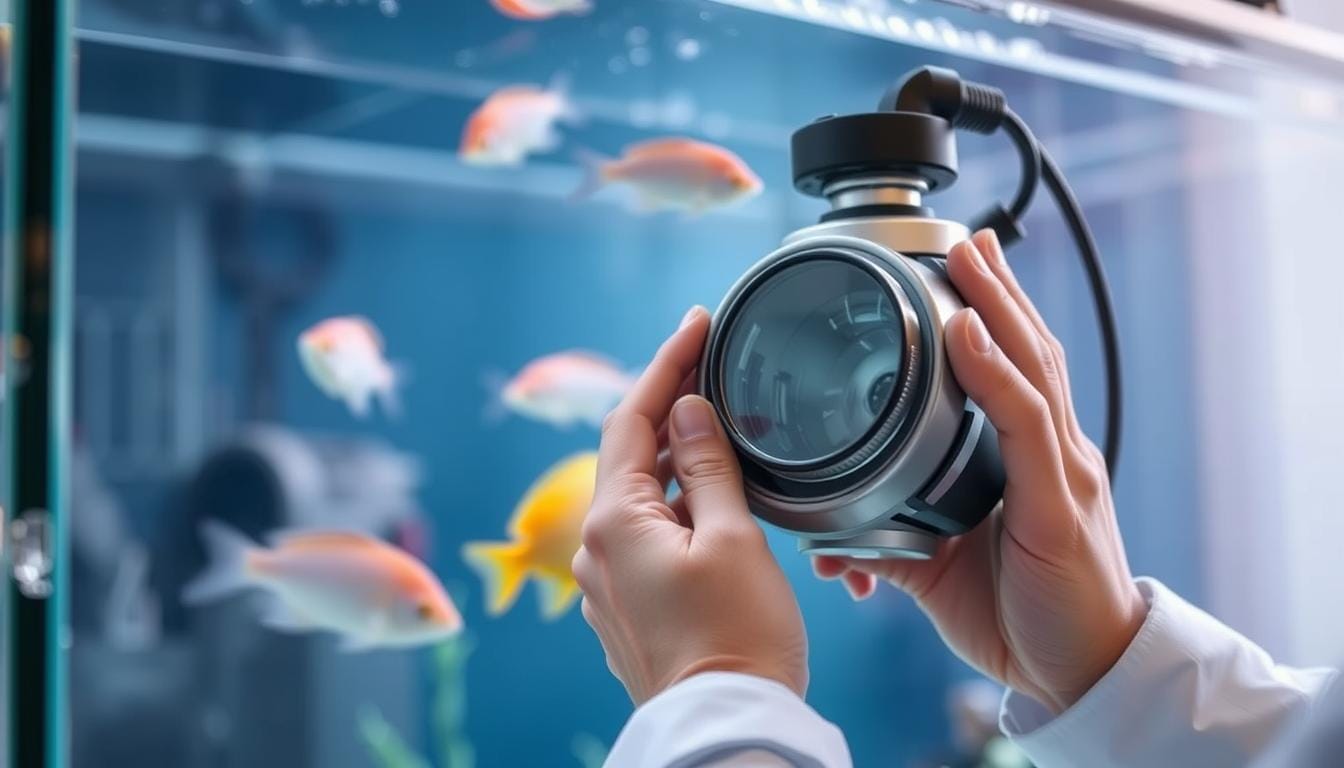
Did you know that 60% of aquarium disasters start with a single overlooked device? Maintaining stable water temperatures isn’t just about comfort—it’s a life-or-death matter for your aquatic friends. Yet many hobbyists treat this critical equipment as an afterthought.
Here’s the surprising truth: Your temperature control system is both the most affordable and most controllable part of your setup. But when chosen poorly, it becomes the #1 reason tanks fail catastrophically. The good news? This doesn’t have to be your story.
Common pitfalls include using devices too powerful for your tank size, models that stick in the “on” position, and fragile glass designs prone to leaks. These issues often stem from outdated advice or rushed purchases. You deserve better—and so do your fish.
This guide will show you how to avoid these traps. We’ll explore smarter sizing strategies, backup systems for peace of mind, and durable alternatives to traditional glass units. Together, we’ll create a safer environment where your freshwater companions can thrive.
Understanding Aquarium Heater Essentials
Your aquatic friends depend on precise temperature control more than you might realize. Let’s explore two critical aspects every caretaker should master: how these devices operate and how to choose the right power level for your setup.
The Science Behind Temperature Control
Every heater uses a thermostat to regulate warmth. Mechanical models work like light switches – flipping on at set degrees and off when targets are met. But here’s the catch: these contacts can weld themselves permanently active during power surges or mineral buildup.
Electronic controllers offer smarter solutions. They use digital sensors to adjust output gradually, preventing sudden swings. This difference matters because rapid temperature changes stress fish more than slow adjustments.
Power Needs Made Simple
Forget the outdated “5 watts per gallon” rule. Here’s what actually works:
- Standard homes: 2-3 watts per gallon
- Drafty rooms: Add 1 watt per gallon
- Multiple smaller units beat single powerful ones
Example: A 20-gallon tank in a 68°F room needs about 40 watts. Split between two 25-watt devices, you create safer redundancy. This approach prevents overcooking if one unit malfunctions.
Selecting the Best Aquarium Heaters for Your Tank
Your heater choice impacts both safety and aesthetics. Let’s explore durable materials that blend with your setup and smart backup strategies to prevent disasters.
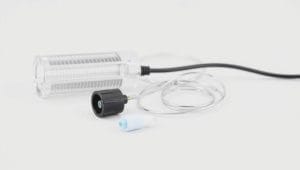
Material & Build Quality: Glass, Titanium, or Plastic?
Glass units crack easily during water changes or fish collisions. Their transparent design also collects algae, making maintenance a chore. While affordable, they’re a high-risk option for active tanks.
Titanium models solve durability issues but create new problems. Many budget versions use thin coatings that chip over time. Their metallic shine clashes with natural aquascapes, drawing unwanted attention in display environments.
Thermal plastic heaters like the Cobalt Neo-Therm outperform both. Laboratory tests show their black casing maintains temperatures within 0.05°F – 60x tighter than standard units. This precision prevents stress-induced illnesses in sensitive species.
Importance of Redundancy for Safety
Two properly sized devices protect against worst-case scenarios:
- If one sticks “on,” dual units spread heat generation
- Malfunctions cause gradual warming vs. lethal spikes
- Simpler replacement during failures
Example: Two 50-watt heaters in a 30-gallon tank limit maximum output. If one fails active, temperatures rise to 86°F instead of 104°F – giving you days to react rather than hours.
Avoiding Common Heater Pitfalls
Imagine returning home to find your aquatic companions floating lifelessly – a preventable tragedy that strikes more tanks than you’d think. Let’s explore how to spot brewing disasters before they strike.
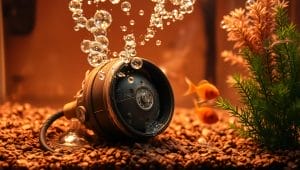
When More Power Becomes Dangerous
That Facebook parent’s story hits hard: “My cichlids boiled alive while I was at work.” Their 55-gallon disaster started with a single 275-watt unit. At 5 watts per gallon, a stuck device can spike temperatures 30-50°F in hours.
Here’s the math that stings: A 100-watt heater raises 10 gallons by 10°F every hour. Left unchecked, it becomes an electric kettle for your fish. Always use multiple lower-wattage units – two 50s beat one 100 every time.
Spotting the Silent Killers
Three failure patterns claim most victims:
- Fused contacts: Old thermostats weld themselves ON during power surges
- Dry firing: Exposed coils crack when water levels drop during changes
- Thermal shock: Glass units shatter when cold replacement water hits hot surfaces
Watch for these red flags:
Condensation inside the tube means seals are failing. A constantly lit power light signals stuck heating. Unusual clicking noises suggest struggling components. Catch these early, and you’ll save lives.
Replace units every 2-3 years – their protective coatings degrade even if they “still work.” Your tropical friends deserve this simple precaution.
Optimizing Safety and Performance in Your Aquarium
Your tank’s warmth management becomes bulletproof when you layer smart tools with strategic placement. Let’s transform your setup into a self-regulating ecosystem that guards against failures.
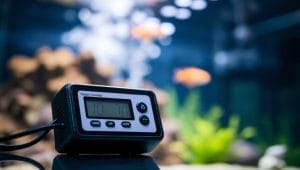
Smart Controller Pairing
Set your controller to 78°F, then adjust each heater to 80°F. This creates a backup plan: if the primary device fails, your units shut off automatically. Digital models like InkBird allow temperature alerts via smartphone – you’ll know about issues before they escalate.
Visual Monitoring Matters
Mount an illuminated thermometer near eye level. Green-led displays let you verify stable temperature in seconds during morning coffee runs. Place it opposite your heaters for accurate readings unaffected by localized warmth.
Follow these placement rules:
- Tilt units at 45° to prevent air bubbles from forming inside
- Position near filter outputs for even heat distribution
- Space multiple devices 6-8 inches apart
This angled setup reduces cycling by 40%, according to university aquarium studies. Your equipment lasts longer while maintaining ±0.5°F variation – critical for delicate species like discus.
Essential Buyer’s Guide to Heater Wattage and Efficiency
Many caretakers accidentally stress their aquatic life through improper wattage choices. Let’s simplify your purchasing decision with precise guidelines that balance safety and energy use.
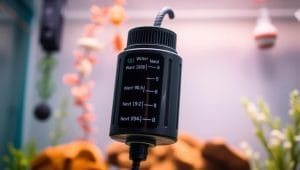
Smart Sizing for Stable Environments
Smaller tanks lose heat faster due to their surface-to-volume ratio. This means your 10-gallon setup needs 3.5 watts per gallon compared to 2 watts for larger systems. Follow these proven pairings:
- 5 gallons: Two 10-watt units
- 20 gallons: Dual 25-watt devices
- 55 gallons: Pair of 70-watt heaters
- 100 gallons: Two 100-watt systems
Set one unit 4°F below your target temperature. This staggered approach reduces equipment wear while maintaining safe ranges. As Cory from Aquarium Co-op explains, African cichlids and other tropical species adapt well to gradual changes between 65-85°F.
Fish farms in South Florida prove this flexibility. Their outdoor ponds regularly dip to 65°F without harming livestock. Your home tank can achieve similar resilience through proper wattage distribution and temperature staging.
Remember: Dual units provide redundancy against failures. They also spread heat more evenly, preventing dangerous hot spots. Your finned friends will thrive when you master these science-backed sizing strategies.
Wrapping Up Your Aquarium Heating Investment
Your fish’s comfort starts with smart maintenance habits. Like changing your car oil before engine trouble strikes, replacing heating equipment every 1-3 years prevents catastrophic failures. Pair this routine with backup controllers – your safety net against sudden temperature spikes.
Quality units work perfectly… until they don’t. Two smaller devices beat one powerful heater, spreading risk across multiple pieces. This setup buys you days instead of hours to catch issues, as shown in our guide to heating system maintenance.
Create a simple schedule:
- Mark replacement dates on your calendar
- Test temperatures weekly
- Inspect for condensation or odd noises
Freshwater species like cichlids thrive when you balance vigilance with smart equipment choices. Remember: that $30 plastic heater protects hundreds in fish and decor. Treat it like car tires – replace before wear becomes danger.
You’ve now got the tools to maintain stable environments for years. Follow these steps, and you’ll spend less time worrying about equipment failures – more time enjoying your vibrant underwater world.
FAQ
How do I calculate the correct wattage for my tank?
Use the 5 watts per gallon rule as a starting point. For example, a 20-gallon tank needs at least 100 watts. Adjust based on room temperature—colder environments may require slightly higher wattage to maintain stable conditions.
What’s the difference between glass and titanium heaters?
Glass heaters are affordable and work well for smaller setups, while titanium models excel in larger tanks or saltwater environments due to their corrosion resistance. Both need proper placement near water flow to distribute warmth evenly.
Why should I use two heaters instead of one?
Redundancy prevents sudden temperature drops if one fails. Splitting the required wattage between two devices also reduces hot spots and ensures safer operation, especially in tanks over 30 gallons.
Can a too-powerful heater harm my fish?
Yes. Overpowered units can overheat water rapidly, stressing or even killing aquatic life. Always match wattage to your tank size and pair heaters with a separate thermometer or controller for accurate monitoring.
Do I need a heater controller?
Controllers add an extra layer of safety by automatically shutting off heaters if temperatures spike. They’re ideal for sensitive species like discus or African cichlids, where even a 2-degree variation matters.
How often should I replace my heater?
Most last 2–4 years. Check annually for cracks, erratic behavior, or mineral buildup. Replace plastic-coated models sooner if the casing degrades, as exposed components can malfunction during water changes.





